THE REDD+ PROJECT
Tropical deforestation is a major driver of carbon emissions. Halting deforestation could potentially contribute over one-third of the total emissions reductions needed by 2030.
Tropical forests also amongst the planet’s most biodiverse ecosystems and support 66 of the most threatened species on earth.
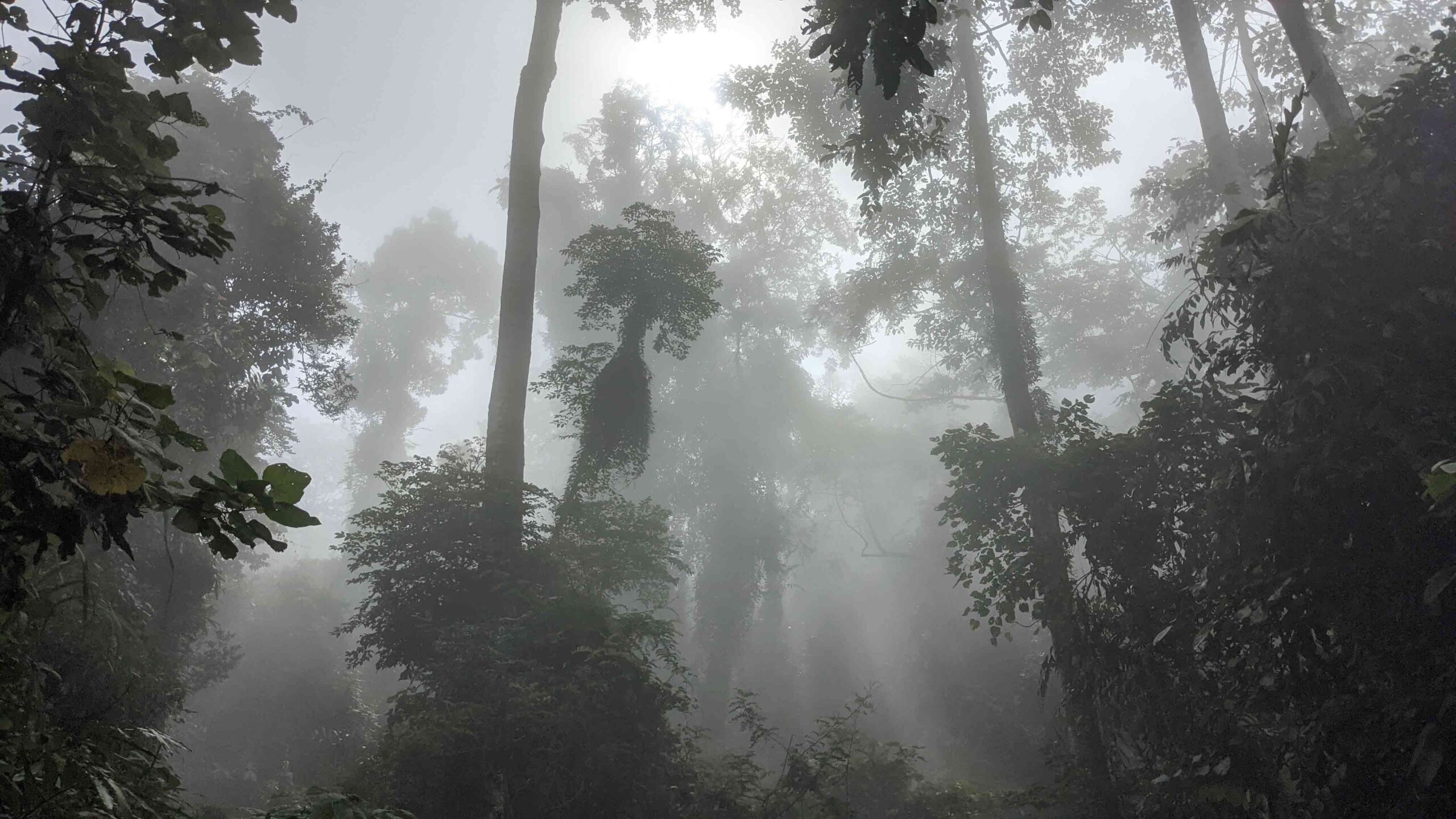
THE REDD+ PROJECT
Tropical deforestation is a major driver of carbon emissions. Halting deforestation could potentially contribute over one-third of the total emissions reductions needed by 2030.
Tropical forests also amongst the planet’s most biodiverse ecosystems and support 66 of the most threatened species on earth.
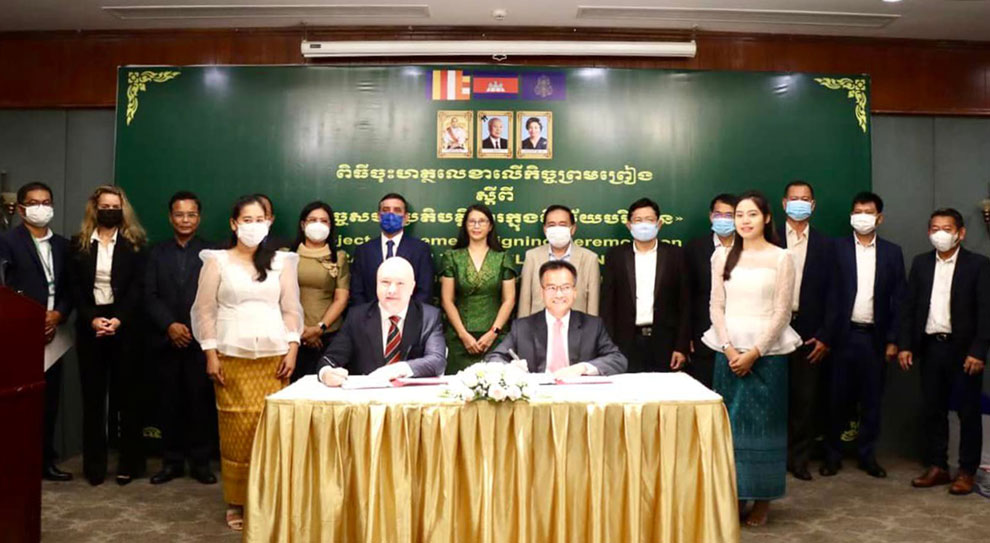
PARTNERS
Together with our partners at the Ministry of Environment and Wildlife Works Carbon the project will be accredited under Voluntary Carbon (VCS) and Climate, Community & Biodiversity (CCB) Standards. This will ensure that the project produces genuine carbon emission reductions and respects the rights of Indigenous People and Local Communities, whilst protecting one of the world’s richest biodiversity.

PARTNERS
Together with our partners at the Ministry of Environment and Wildlife Works Carbon the project will be accredited under Voluntary Carbon (VCS) and Climate, Community & Biodiversity (CCB) Standards. This will ensure that the project produces genuine carbon emission reductions and respects the rights of Indigenous People and Local Communities, whilst protecting one of the world’s richest biodiversity.
Please download documents below or find them on Verra Website
Samkos_SDVISta PD Summary_Khm v1.1
Samkos_SDVISta PD Summary_English v1.1
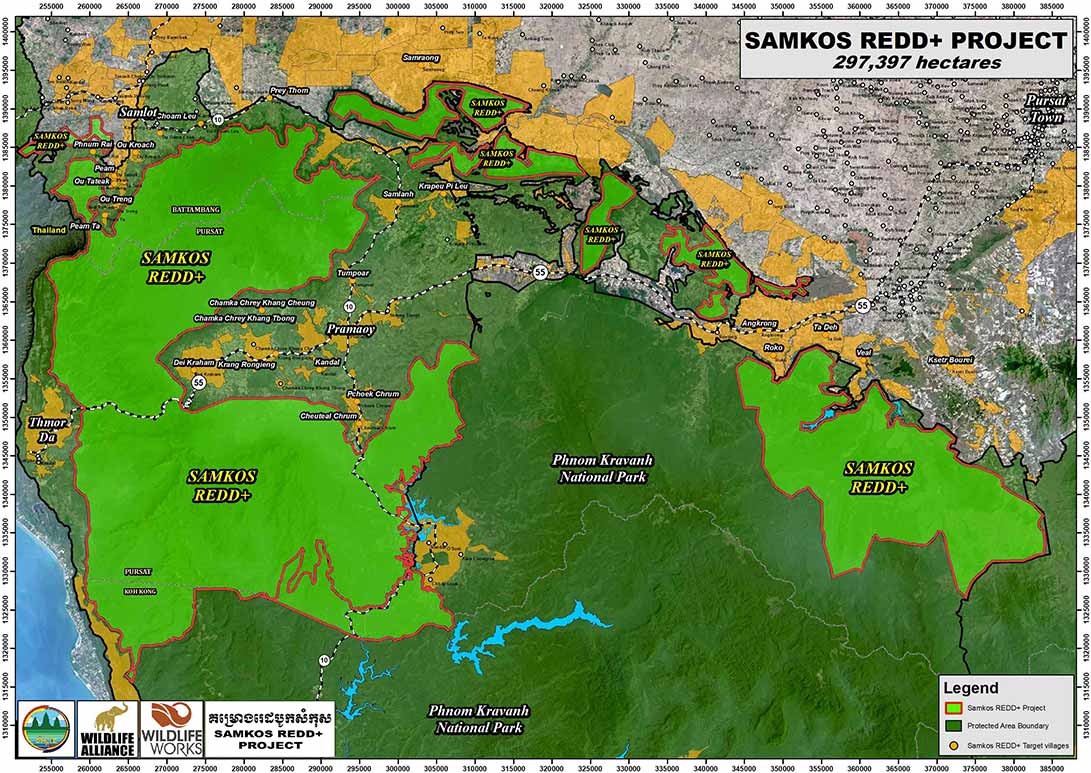

Please download documents below or find them on Verra Website
Samkos_SDVISta PD Summary_Khm v1.1
Samkos_SDVISta PD Summary_English v1.1
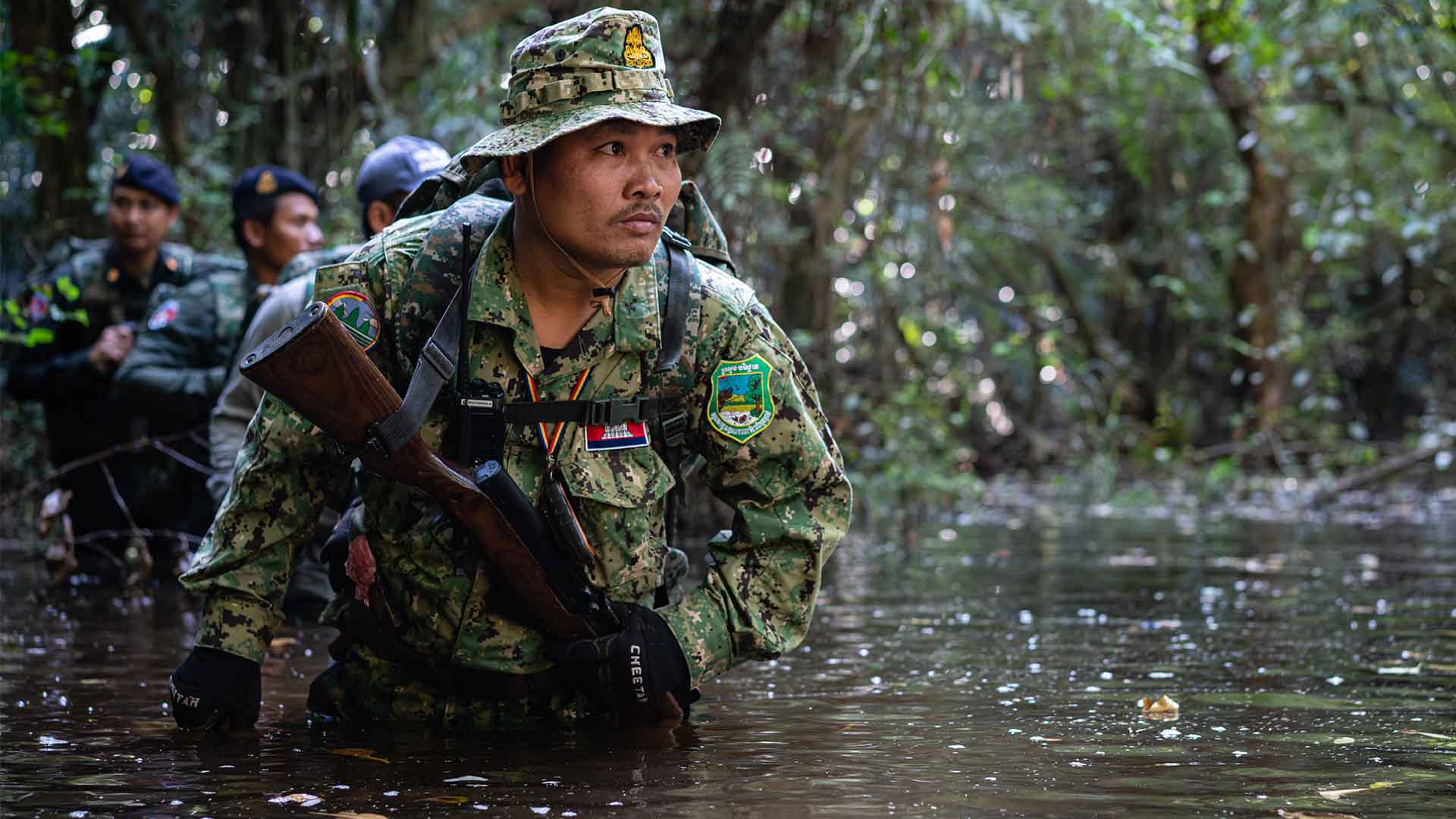
FOREST PROTECTION
Wildlife Alliance has invested over 20 years in helping to conserve natural forests and biological diversity of the Cardamom Mountain Range. The Cardamom Forest Protection Program is the forest and wildlife implementation arm of the REDD+ Projects. Every patrol station has 14-20 men composed of Ministry of Environment (MOE) Judicial Police Officers (JPO), Provincial Department of Environment (PDOE) Judicial Police Officers, Royal Gendarmerie Khmer (MPs) and Wildlife Alliance civilians. Each station has 2 patrol units: Alpha and Bravo.

FOREST PROTECTION
Wildlife Alliance has invested over 20 years in helping to conserve natural forests and biological diversity of the Cardamom Mountain Range. The Cardamom Forest Protection Program is the forest and wildlife implementation arm of the REDD+ Projects. Every patrol station has 14-20 men composed of Ministry of Environment (MOE) Judicial Police Officers (JPO), Provincial Department of Environment (PDOE) Judicial Police Officers, Royal Gendarmerie Khmer (MPs) and Wildlife Alliance civilians. Each station has 2 patrol units: Alpha and Bravo.
COMMUNITY BENEFITS
There is a total of 27 communities in the Samkos REDD+ Project Zone, with a total of 8,145 families and a population of 36,169. As part of the project’s Climate, Community & Biodiversity (CCB) Standard verification we have demonstrated that we have:
- Identified all stakeholders and ensured their full and effective participation in the project
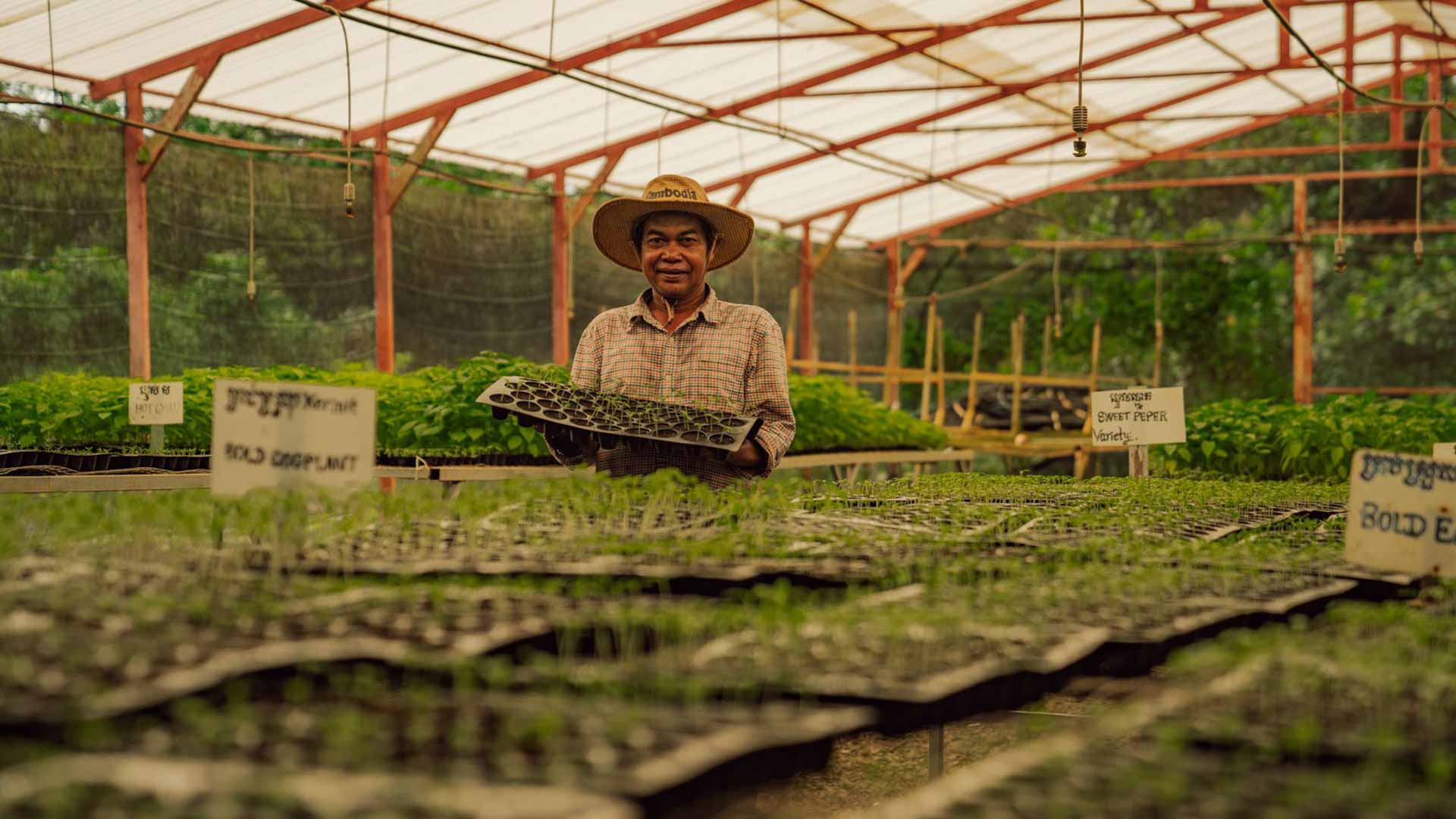

COMMUNITY BENEFITS
There is a total of 29 communities in the Southern Cardamom REDD+ Project Zone, with a total of 3,841 families and a population of 16,319. As part of the project’s Climate, Community & Biodiversity (CCB) Standard verification we have demonstrated that we have:
- Identified all stakeholders and ensured their full and effective participation in the project
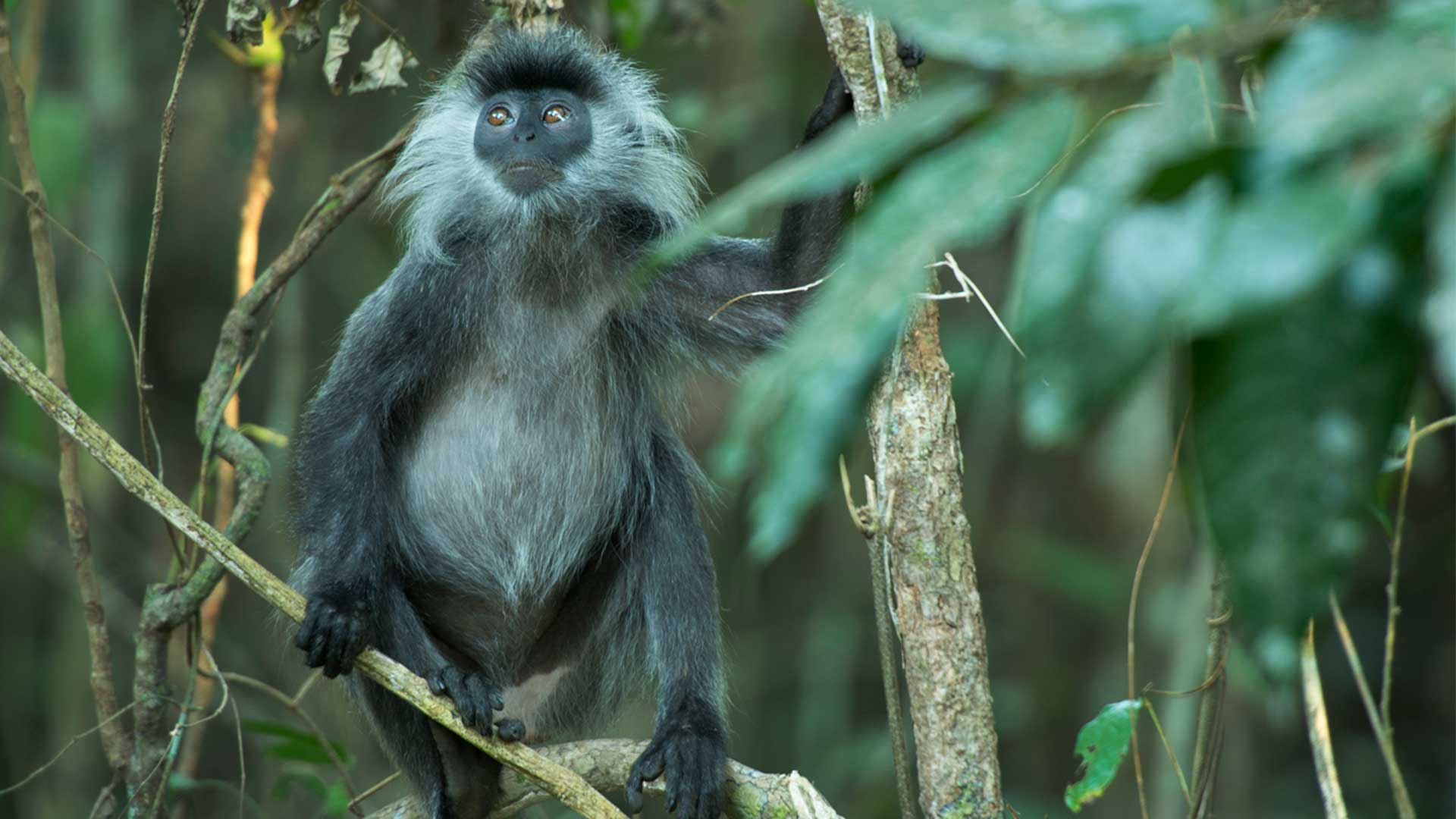
BIODIVERSITY GALLERY
The REDD+ project area supports more than 66 species of IUCN Threatened or Near Threatened birds, mammals, and reptiles, including HCV species..

BIODIVERSITY GALLERY
The REDD+ project area supports more than 66 species of IUCN Threatened or Near Threatened birds, mammals, and reptiles, including HCV species.